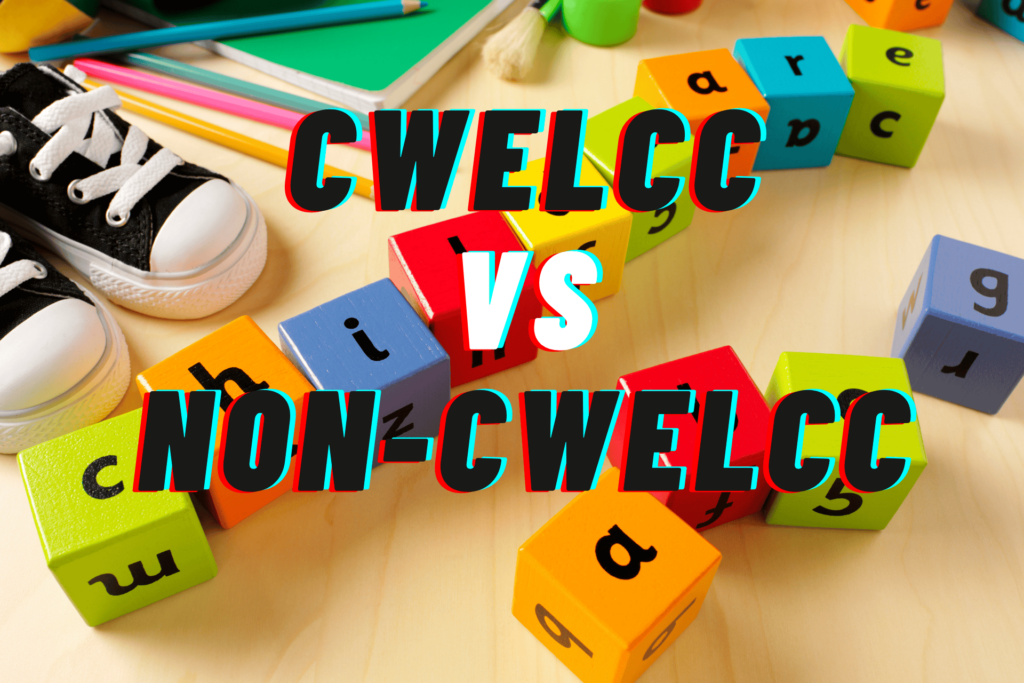- You can potentially increase the chances of selling your property in a downturn by utilizing a vendor take-back mortgage (VTB). But what exactly is a VTB? It occurs when a seller extends a mortgage to the buyer for a portion of the sale price, essentially acting as the lender.
Example
Here’s an example to help illustrate how a VTB works: Let’s say the house price is $1 million. The buyer secures a mortgage from a bank for $600,000, which serves as the first mortgage. The seller then offers a VTB of $200,000, with a 5% simple interest per annum over a period of 2 years. The VTB is registered as a second mortgage. As a result, the buyer now owes the seller $200,000 x 5% / 12 = $833.33 per month in interest, and the loan is to be repaid within 2 years. In this example, the Loan to Value (LTV) ratio is 80%, calculated as ($600,000 + $200,000) divided by $1 million.
It is generally recommended to avoid lending money too close to 100% LTV since this would mean the buyer has little to no down payment. If the housing market experiences a downward fluctuation, the loan amount could exceed the value of the property. Most banks use an LTV of 80% or lower as a safety margin, and it’s advisable to consider a similar number when offering a VTB.
Let’s explore some pros and cons of utilizing a VTB:
Pros:
- Earn more money in interest: By extending a VTB, you can generate additional income through the interest charged on the loan.
- Second mortgage as security: The VTB acts as a secured loan, providing you with added protection.
- Increased sellability in a down market: Instead of continuously lowering the house price to attract buyers during a downturn, offering a VTB can expand the pool of potential buyers. This allows you to maintain your profit margin while making the property more attractive.
Cons:
- Delayed receipt of full amount: Since part of the sales price becomes a loan to the buyer, you won’t receive the entire sale amount upfront.
- Risk of default: There is a potential risk of the buyer defaulting on the VTB, which could result in financial loss and complications.
Due Diligence
Before accepting a VTB, it is crucial to take certain steps:
- Vet the buyer: Conduct thorough due diligence as you would when lending to a stranger for a second mortgage.
- Perform due diligence: Gather all necessary information about the buyer’s financial situation, creditworthiness, and ability to make timely repayments.
- Establish a lien as a second mortgage at a minimum: This helps protect your interests and secures your position as a lender.
In summary, a VTB can be a beneficial option to earn additional income and enhance the sellability of your property during a downturn. However, it’s important to exercise caution, thoroughly vet the buyer, and establish a healthy VTB with a good safety margin.

%20a%20Good%20Idea_%20.png)
%20a%20Good%20Idea_%20.png)
%20a%20Good%20Idea_%20%20(1).png)
%20a%20Good%20Idea_%20%20(2).png)
%20a%20Good%20Idea_%20%20(3).png)







